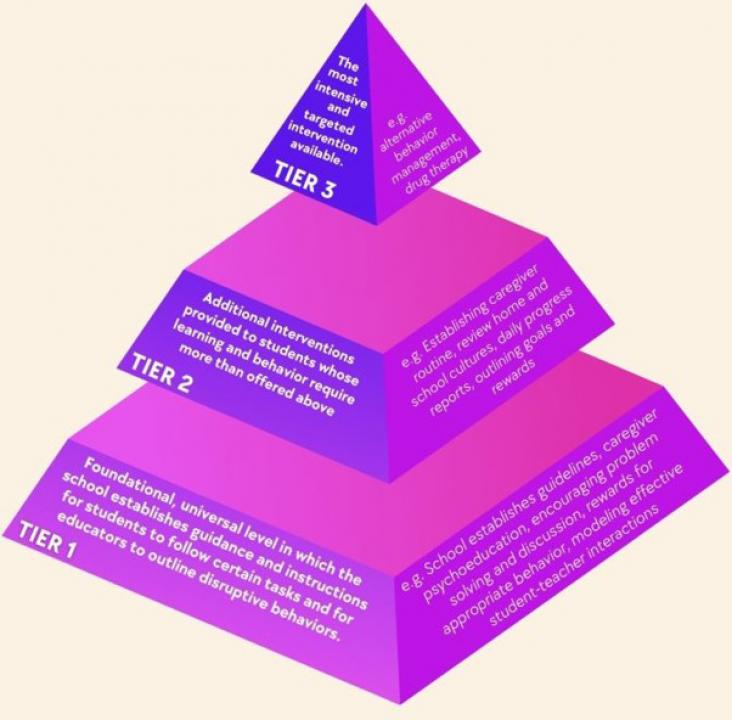Promoting Desired Lifestyles Among Adults with Severe Autism and Intellectual Disabilities
Person Centered Applications of Behavior Analysis
2023, Pages 139-163
Promoting Desired Lifestyles Among Adults with Severe Autism and Intellectual Disabilities
Person Centered Applications of Behavior Analysis
2023, Pages 3-14
Promoting Desired Lifestyles Among Adults with Severe Autism and Intellectual Disabilities: Person Centered Applications of Behavior Analysis, 2023, Pages 217-243
This content aligns with Goal 3: Good Health by providing readers and application of behavior analysis to treat challenging behavior specifically in a person-centered manner.
Principles of Gender-Specific Medicine (Fourth Edition)
Sex and Gender-Specific Biology in the Postgenomic Era
2023, Pages 409-429
The New Public Health (Fourth Edition), 2023, Pages 1097-1158
Translational Surgery
Handbook for Designing and Conducting Clinical and Translational Research
2023, Pages 591-597

